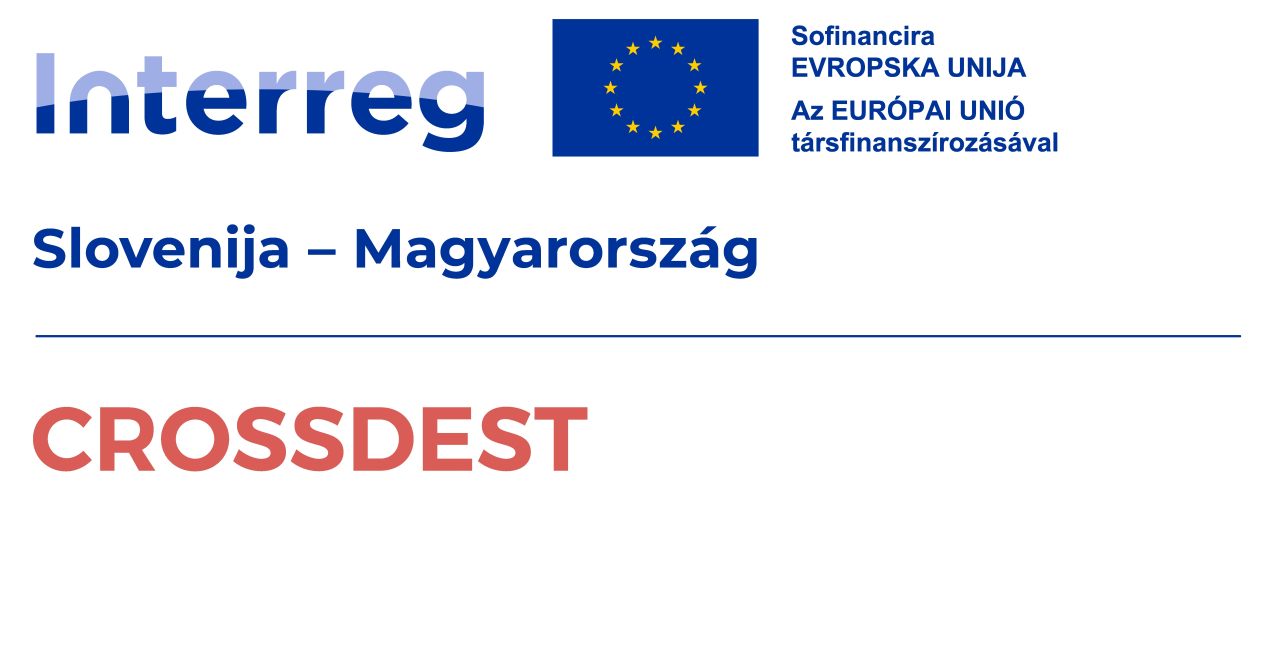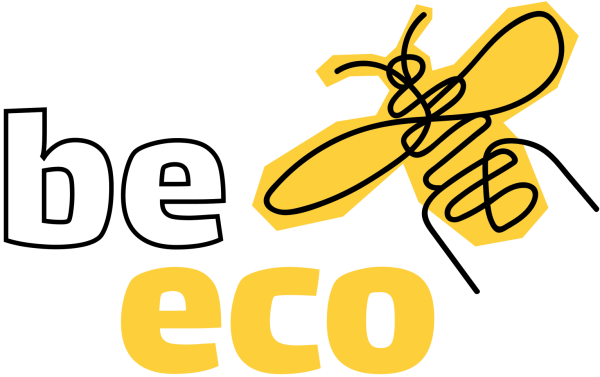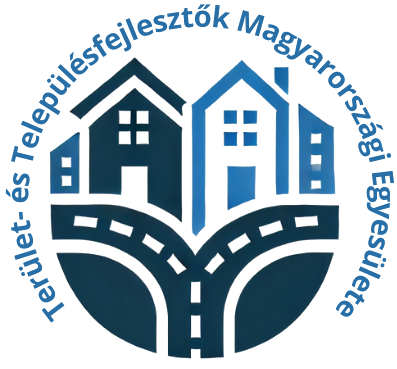







Szentegyháza
Szentegyháza (in Romanian Vlăhița) is one of the unique towns in Harghita County and Székely Land: at an altitude of 860 metres above sea level, it is the highest-lying Hungarian town in the world. Situated on the eastern side of the Harghita Mountains, halfway between Odorheiu Secuiesc and Miercurea Ciuc, it boasts outstanding natural features thanks to its clean air, surroundings bordered by pine forests, and volcanic landscapes. The town's predominantly Székely population leads a vibrant cultural life. Szentegyháza's most renowned communal treasure is the internationally acclaimed Szentegyháza Children's Philharmonic, which has been active for decades. It not only unites local youth but also represents the cultural values of Székely Land through its concerts worldwide. The town is located close to the Madarasi Harghita tourist region, making the area a popular destination for hikers and skiers alike. The Maria Route pilgrimage trail also passes through Szentegyháza, making it an important spiritual and religious gateway towards Csíksomlyó. Szentegyháza's small-town character is defined by its cosy, family-like atmosphere, living traditions, and welcoming community. Visitors can find peace in local guesthouses and rural accommodations while discovering the flavours of Székely cuisine and the beauty of the surrounding landscape. The town is a worthy example of how Székely identity, musical heritage, and natural values can be preserved and experienced in harmony, even in the 21st century.
Arrival
- Walk
- Horseback
- Bike
- Electric bicycle
- Bus (rented for the trip)
- Car
- Motorcycle
Public transport
- bus
Parking information
- Free outdoor parking available
Sustainability level
Topic 1: Destination Management 52%
- Visitor management: 60%
- Commitment and organization: 0%
- Design & development: 50%
- Monitoring and reporting: 50%
- Legal and ethical compliance: 100%
Topic 2: Nature and landscape 100%
- Nature and wildlife protection: 100%
- Nature and conservation: 100%
Topic 3: Environment and climate 47%
- Land use and pollution: 67%
- Water management: 40%
- Energy, sustainable mobility and climate change: 0%
- Adaptation to climate change: 50%
- Waste and recycling: 80%
Topic 4: Culture and traditions 88%
- Cultural heritage: 100%
- People and traditions: 75%
Topic 5: Social Welfare 39%
- Health and safety: 100%
- Local economy: 0%
- Socio-economic impacts: 0%
- Community participation: 25%
- Human dignity: 71%
Topic 6: Business and Communication 61%
- Business participation: 22%
- Information and marketing: 100%


